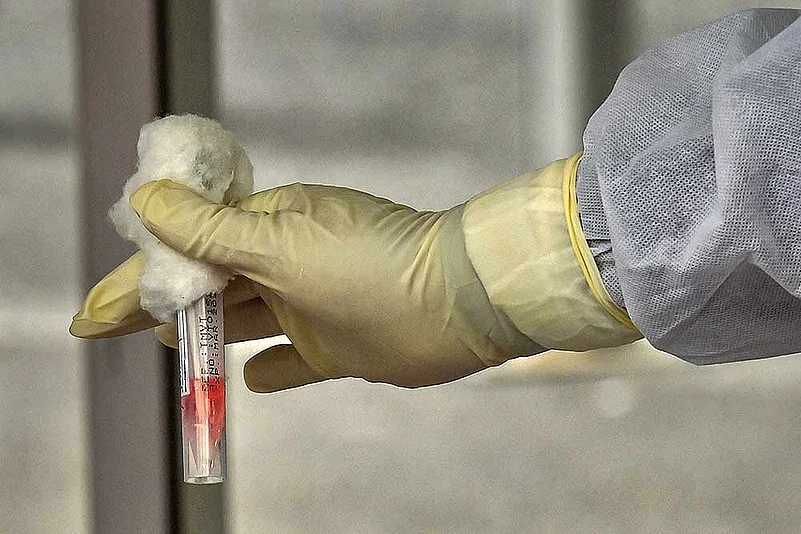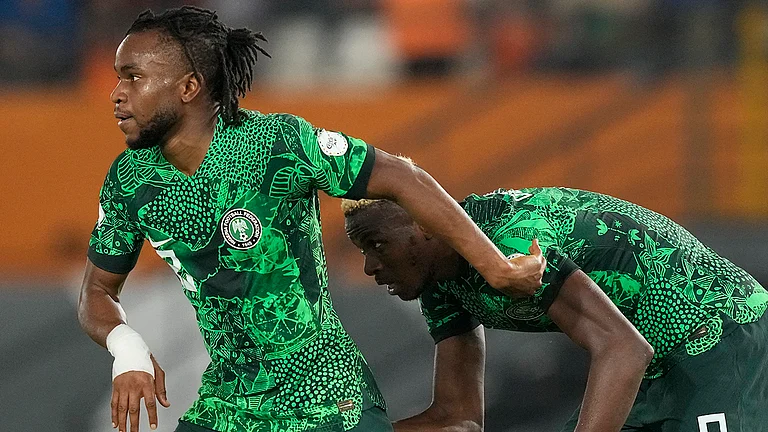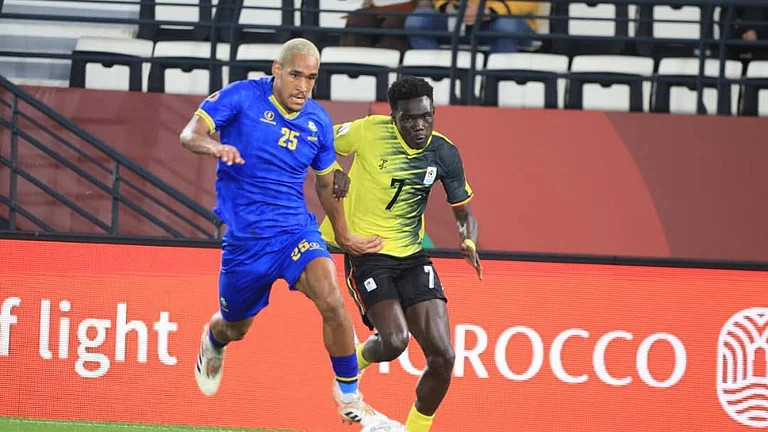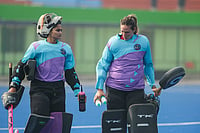Not many would know that India’s top health sciences body, the Indian Council of Medical Research (ICMR), actually predates the UK’s Medical Research Council by a couple of years. That story goes back to the early 1900s, an era of big discoveries in tropical diseases—it was at the cusp of the 20th century that India-born British scientist Ronald Ross identified the Anopheles mosquito as a carrier of malaria in Secunderabad.
In the years that followed, many medical institutes for communicable diseases came up—like the Plague Research Laboratory at Bombay, and King Institute at Madras. Then in 1911, an Indian Research Fund Association was founded: that was to become ICMR after Independence.
It led research into every pestilence the country saw in the early years—plague, kala-azar, cholera, small pox. And, post-Independence, its family of institutes began to grow. Among the first were the National Institute of Nutrition in Hyderabad and Pune’s Virus Research Centre—what’s now the National Institute of Virology. Again, as veteran scientists recall, an era of stalwart science leaders.

Covid-19 now again puts ICMR in the driver’s seat, getting both bouquets and brickbats as it guides India’s epidemic response. In early March, when our case count was less than 100, researchers at ICMR had successfully isolated the novel coronavirus, thereby placing India among the handful of countries to have done so. That first step was critical to developing home-grown diagnostic kits and a vaccine. The research body last month also came up with its own ELISA test for antibodies, given the unreliability of imported kits. More recently, it stood its ground with the World Health Organisation (WHO) when the latter suspended ongoing Hydroxychloroquine trials based on a controversial paper—ICMR cited its experience to say there was no reason to suspend trials (globally, trials have resumed after the paper was retracted). No surprise then that a former ICMR scientist tells Outlook the council’s response to Covid has so far has been ‘impressive’.
But India’s top medical research body has also battled charges of being tight-fisted—especially when it came to data about tests or while picking laboratories with expertise to join the battle sooner. It also took flak for India’s low rate of testing in the early part of the outbreak. Noted immunologist Prof Indira Nath, however, says she would not single out ICMR or India when it came to specifics like data. “I would say many countries are not giving clear data on numbers of positive cases.” A more widespread affliction, then, a misplaced nationalism that countries display which does not flow from the province of science.
And yet, any institution begins to breathe a kind of power when invested with it, perhaps to an excess. That’s why Prof Nath, for instance, feels ICMR initially displayed a governmental attitude by only turning to its own institutes when it came to testing. “The RT-PCR test is done by many accredited labs and researchers, it’s a very easy technique. So what you needed was clear-cut SoP and included a lot more institutions from the beginning. I think initially there was a worry that only ICMR-based, or government institutes, could do it best.”
Also Read | Does India Have A Milder Epidemic? Not Really
That possibly reflects a larger malaise affecting many scientific institutions in India—a bureaucratic attitude seeping in over the years. “ICMR has a lot of bureaucracy, so does CSIR (Council of Scientific and Industrial Research). What happens, it seems to me over the years as I’m watching all these organisations, is the scientists themselves become bureaucratic,” says Prof Nath, who was on a committee reviewing ICMR’s programmes back in 2013. There’s no mistaking the scientific expertise, she points out. But she reckons that scientists, as they work with bureaucrats at the top, also tend to emulate them.
Of course, India’s Covid response involves several agencies. Here’s how the tasks are divided: testing, diagnostics and vaccine research are ICMR’s forte; disease surveillance, which includes generating and compiling data on the spread, is the job of the National Centre for Disease Control (NCDC). The ICMR is an autonomous body whose director general is also secretary, department of health research. Meanwhile, the NCDC comes under the department of health services.
The NCDC too has a long history. Its origin was the Central Malaria Bureau set up in Kasauli in 1909, which became the Malaria Survey of India in 1927 and later shifted to Delhi as the Malaria Institute of India. In 1963, it was renamed the National Institute of Communicable Diseases. The Surat plague of 1994 proved to be a wake-up call. Seeing the need for better surveillance and preparedness, the government invested money and training to transform the institute into the NCDC.
For a rough comparison, think of ICMR as the Indian counterpart of the US National Institutes of Health, and the NCDC on the lines of the US Centers for Disease Control and Prevention. The NCDC uses a countrywide network called the Integrated Disease Surveillance Programme—a key outcome of the Surat plague—to keep track of outbreaks. “I can say IDSP is a robust surveillance system, better than in many countries,” Udaiveer Singh Rana, a retired joint director of NCDC, tells Outlook. But then, as an agency, NCDC hasn’t been as visible as its research counterpart ICMR, plausibly because the health ministry, which it reports to, conducts the daily Covid briefings. Also, as UMich biostatistician Prof Bhramar Mukherjee says, the usual IDSP data flow on severe respiratory cases in India curiously dried up during the pandemic (see Where is the Data?). Beyond Covid, ICMR’s sphere of research activity spans a vast territory. There have been hits and misses—some experts point to how the setting up of regional institutes of expertise grew into an unwieldy set-up over the years, putting the social relevance of many programmes into question. Last year, answering a Lok Sabha question, the government said the number of institutes under ICMR have been brought down from 32 to 26 in a bid to streamline things.
Tackling diseases by creating an array of programmes as separate verticals—tuberculosis or malaria, for instance—too has been counter-productive in the long-run, say some experts. “The one-disease approach is a chronic disease of India,” is how noted virologist T. Jacob John puts it. This tendency, he explains, is aimed more at international obligations and less at public health. “Without universal primary healthcare, TB cannot be controlled,” says John. The Covid experience, says Prof Nath, may give us insights into the structural changes required in terms of funding—India spends less than 1 per cent of its GDP on research and development—and the working of institutions.
Also Read:


























